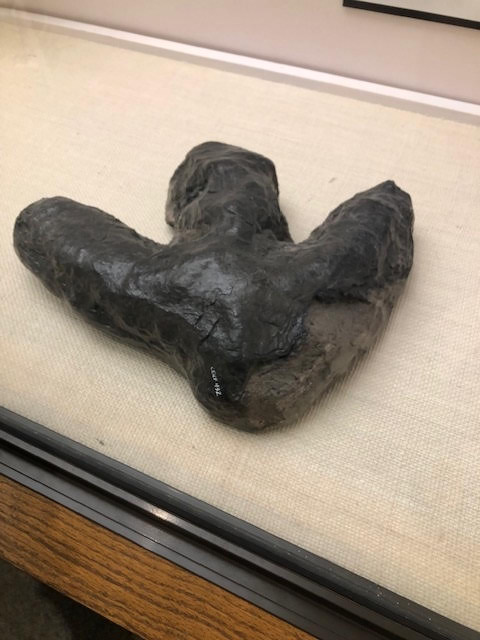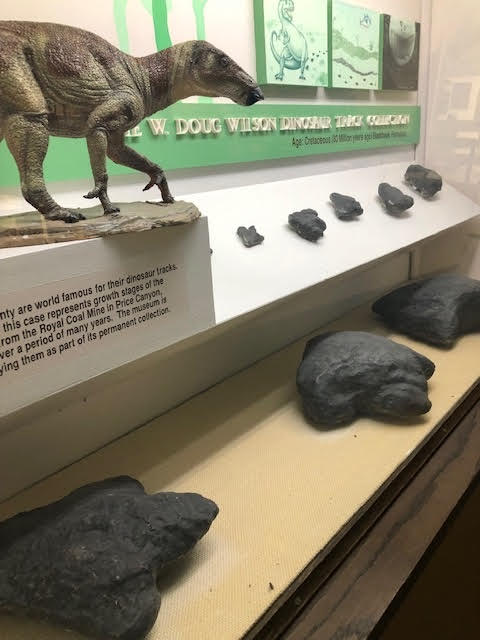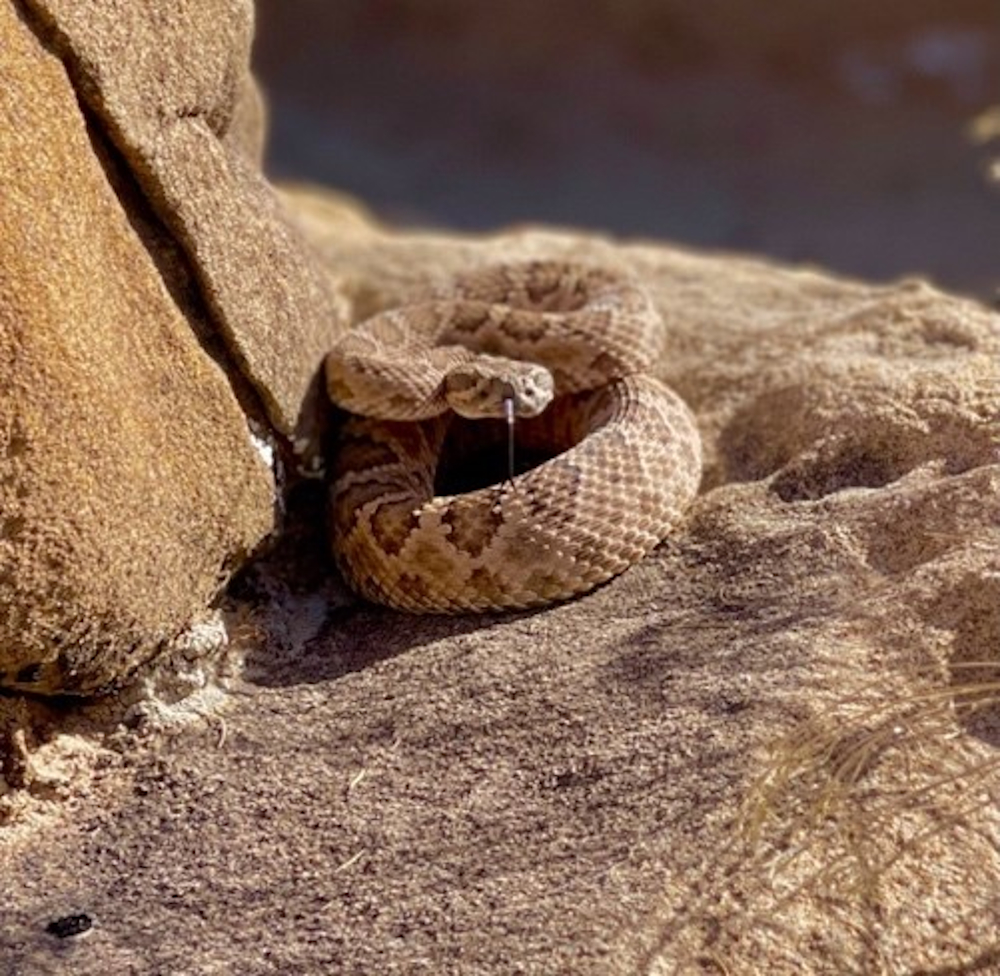
Courtesy & Copyright Marshall Topham, Photographer
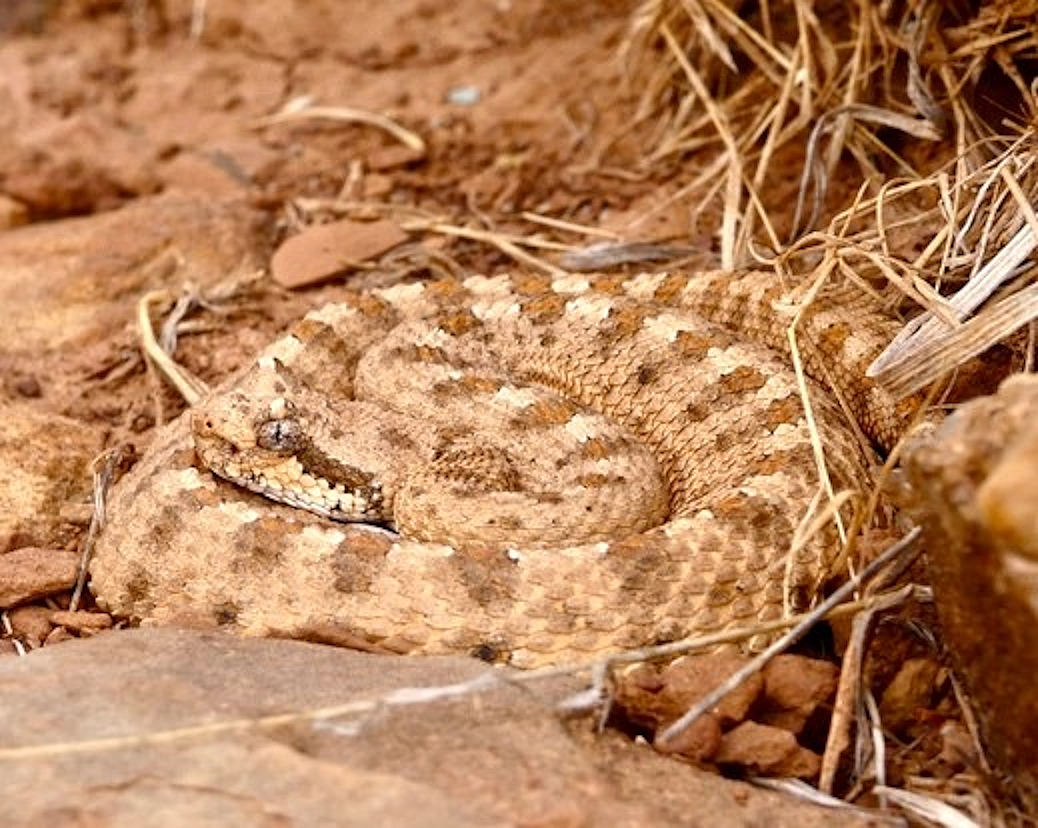
Courtesy & Copyright Marshall Topham, Photographer
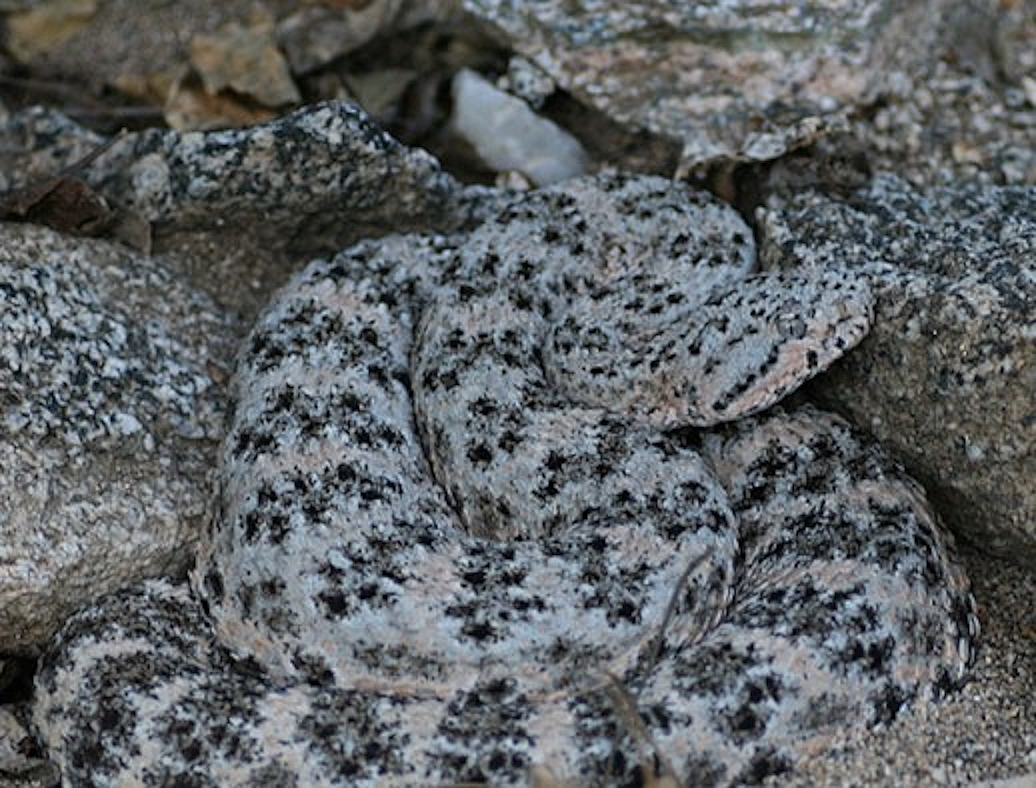 Speckled Rattler, Crotalus mitchellii
Speckled Rattler, Crotalus mitchellii
Courtesy & Copyright Marshall Topham, Photographer
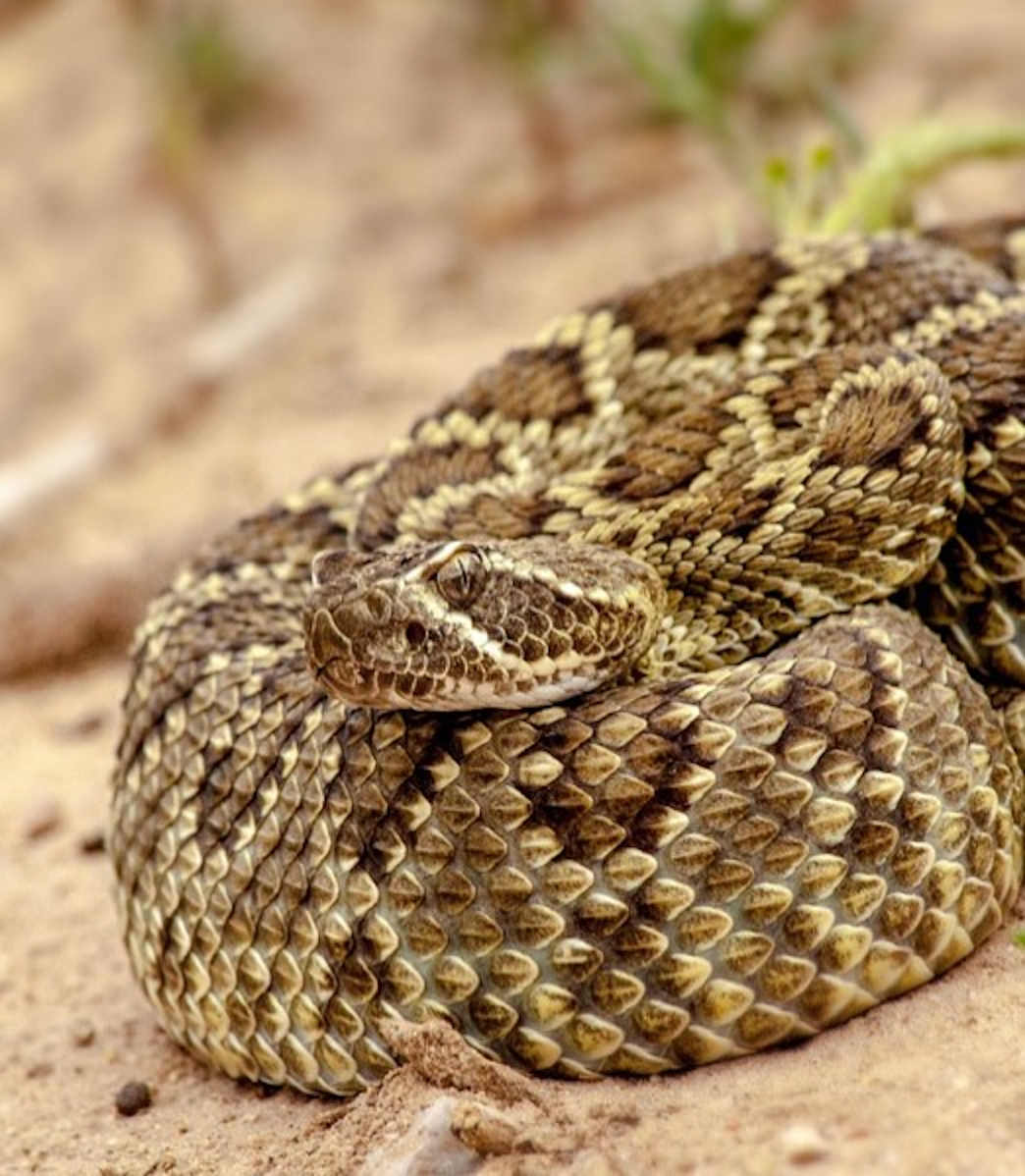 Mojave Rattler, Crotalus scutulatus
Mojave Rattler, Crotalus scutulatus
Courtesy & Copyright Marshall Topham, PhotographerThe motion of Sidewinders is fascinating as they undulate across the desert sand, keeping a portion of its under-belly off the heated sand at all times to reduce overheating. These small (2 ft. or less) snakes have a horn over each eye. They are often overlooked because of their reduced size and reluctance to go in motion. Like most rattlers, they are primarily nocturnal in summer, but crepuscular during cooler seasons. They often bury themselves in sand, exposing only their eyes and horns. This behavior effectively hides them from predators and allows them to ambush prey such as lizards and birds.
Although all local rattlesnakes are well camouflaged, none measures up to the standard of the Speckled Rattlesnake. They seem to be nearly invisible on the basalt rocks where they reside. Out with a group of university students one day on the Beaver Dam Slope, I encountered a Speckled Rattlesnake. I probably wouldn’t have noticed it if I hadn’t watched it coil into a defensive posture. I called students over to observe it as it remained coiled and very still. It was entertaining to watch their reactions as one by one they were able to distinguish it from the rock with a look of excitement and disbelief.
All rattlesnakes are venomous and potentially lethal to some degree. Their venom generally contains hemotoxins which cause blood and tissue damage. The Mojave Rattler sometimes referred to as Green Rattlers, lead the way in this category, their venom contains nerve damaging neurotoxin. Envenomation by this specie is much more concerning as it can cause paralysis. It frequently causes Permanent numbness at the site of the bite.
Getting bitten by a rattlesnake can be a serious medical event but depending on the species, between 25% and 50% of Rattlesnake bites are “dry bites” meaning no venom is injected. If properly treated, within an hour or two, the outlook for recovery from envenomation usually very good. In fact, in North America, over 99% of people who receive prompt hospital treatment with antivenom survive. Over the years, many first aid measures for snakebite have been discredited, some even made the situation worse. It is best to keep the victim calm and still, immobilizing the bitten potion of the body if possible and keep it at roughly heart level as you calmly get to a medical facility.
All rattlesnakes are ovoviviparous, females produce fertile eggs but keep them inside their body until they hatch, so the young emerge alive. This is a great survival strategy in a desert environment where Gila Monsters and an army of other egg devouring creatures reside. Baby rattlesnakes feed on insects and small lizards until they become large enough to seek out warm blooded rodents. All rattlers are pit-vipers. A heat sensory pit is located between the eye and nostril on each side of a rattlesnake’s head. These pits detect infrared radiation (heat) from warm-blooded prey, they are so sensitive they can detect the heat left in rodent tracks. This adaptation is essential for nocturnal or low-light hunting.
Rattlesnakes discern their environment through a reptilian sense of smell. Extending their forked tongues, they collect molecules from the air and transfer them back into their mouths. There they are inserted into two A pair of organs known as “Jacob’s organs”. These organs interpret the molecules as a sense of smell and taste.
Rattlesnakes are marvelous creatures important for maintaining balance in ecosystems. Though feared by many, it is always a red-letter day for me when I have a chance encounter with a rattlesnake in my desert wanderings.
I’m professor Marshall Topham and I’m wild about Utah and its diverse rattlesnake fauna.
Credits:
Images Courtesy & Copyright Marshall Topham, Photographer
Featured Audio: Courtesy & © Friend Weller, https://www.upr.org/people/friend-wellerCourtesy & Copyright © Anderson, Howe, Wakeman
Text: Marshall Topham, https://ees.utahtech.edu/faculty-staff/
Additional Reading: Lyle Bingham, https://bridgerlandaudubon.org/
Additional Reading
Wild About Utah pieces by Marshall Topham https://wildaboututah.org/author/marshall-topham/
Utah Vipers, Fieldguide, Utah Division of Wildlife Resources, Utah Department of Natural Resources, State of Utah, https://fieldguide.wildlife.utah.gov/?family=viperidae
What to know about rattlesnakes in Utah and how to stay safe, Utah Division of Wildlife Resources, Utah Department of Natural Resources, State of Utah, April 8, 2025, https://wildlife.utah.gov/news/utah-wildlife-news/2094-what-to-know-about-rattlesnakes-and-how-to-stay-safe.html






